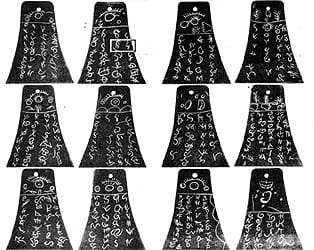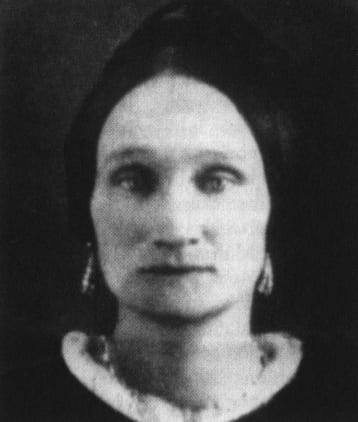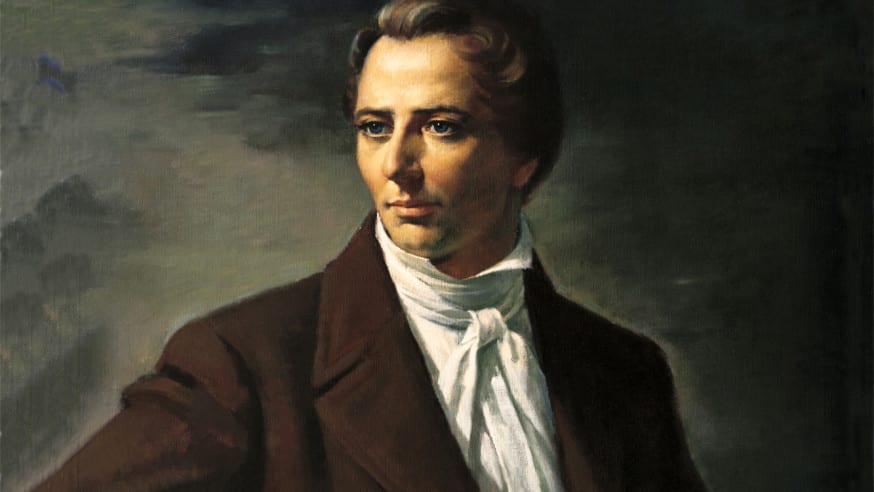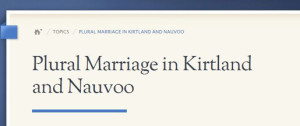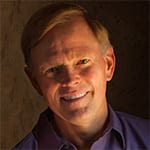In Video Five in the FairMormon series: “The CES Letter, A Closer Look” Brian Hales examines claims posted by Jeremy Runnells in his “Letter to a CES Director”.
The CES Letter 50 to 65 Witnesses Continued
This video continues to examine The CES Letter’s treatment of the Book of Mormon witnesses on pages 50 to 65. Obviously hypnosis could not explain their experiences, but what about religious frenzy and hysteria? Also, alleged parallels to other testimonies regarding James J. Strang, and The Book and the Roll are scrutinized. In the end, the attempts of naturalists’ and The CES Letter to explain away the declarations of the Three Witnesses and the Eight Witnesses seem inadequate.
Brian C. Hales is the author of The CES Letter: A Closer Look, as well as seven books dealing with Mormon polygamy—most notably the three-volume, Joseph Smith’s Polygamy: History and Theology (Greg Kofford Books, 2013). His Modern Polygamy and Mormon Fundamentalism: The Generations after the Manifesto received the “Best Book of 2007 Award” from the John Whitmer Historical Association. He has presented at numerous meetings and symposia and published articles in the Journal of Mormon History, Mormon Historical Studies, Dialogue, as well as contributing chapters to The Persistence of Polygamy series. Much of his research materials are available at www.MormonPolygamyDocuments.org.Theology (Greg Kofford Books, 2013). His Modern Polygamy and Mormon Fundamentalism: The Generations after the Manifesto received the “Best Book of 2007 Award” from the John Whitmer Historical Association. He has presented at numerous meetings and symposia and published articles in the Journal of Mormon History, Mormon Historical Studies, Dialogue, as well as contributing chapters to The Persistence of Polygamy series. Much of his research materials are available at www.MormonPolygamyDocuments.org.

